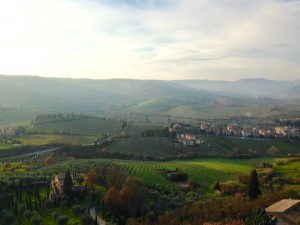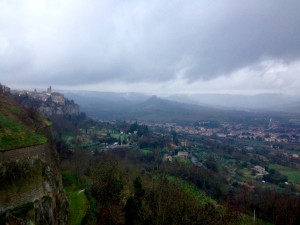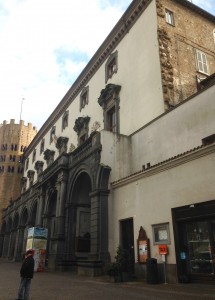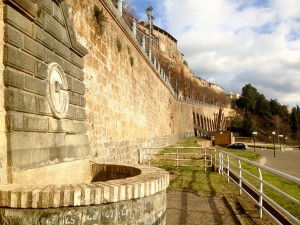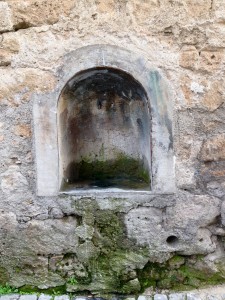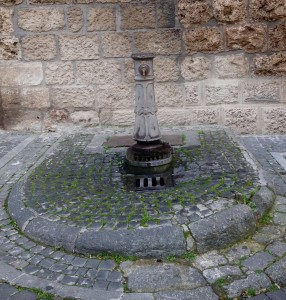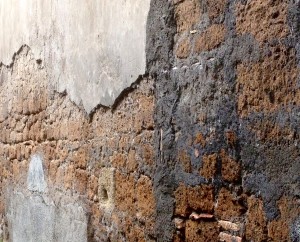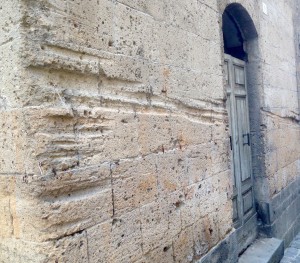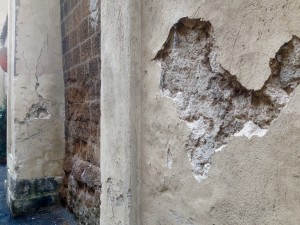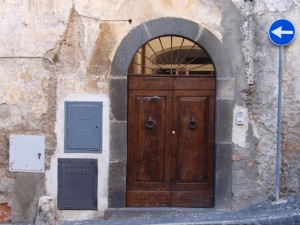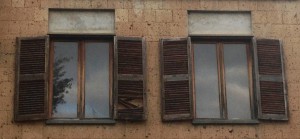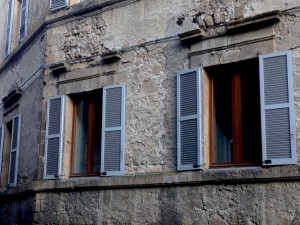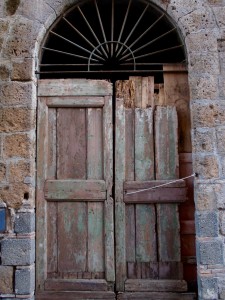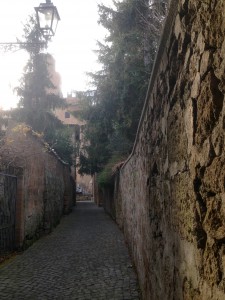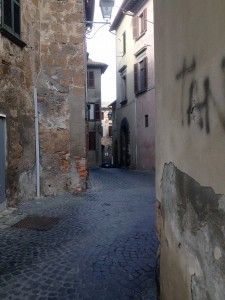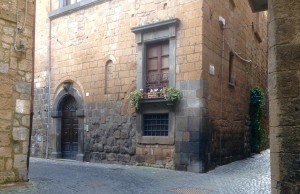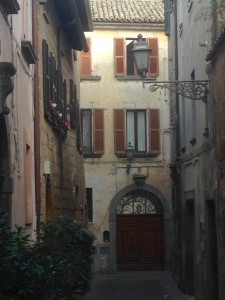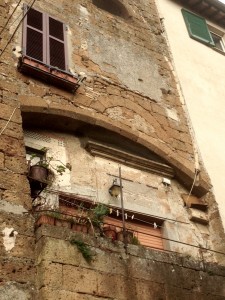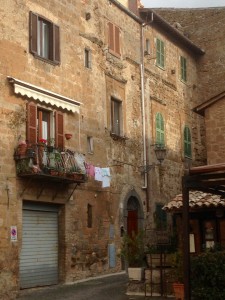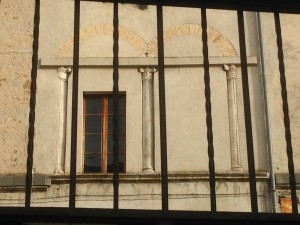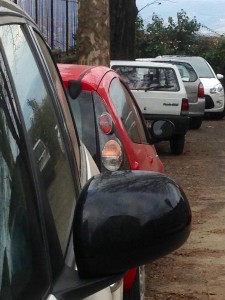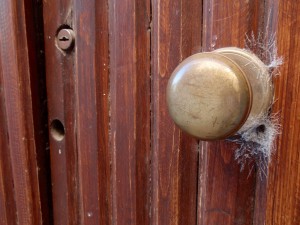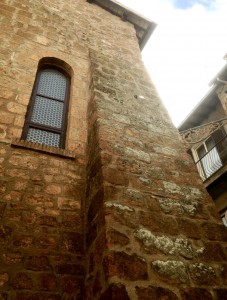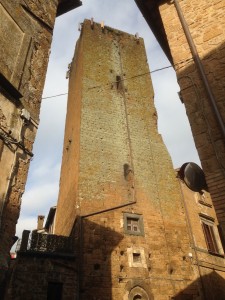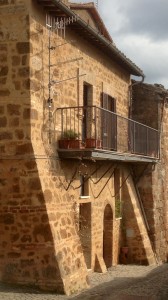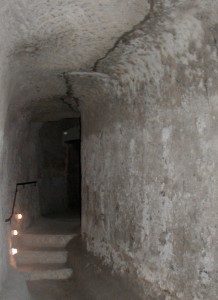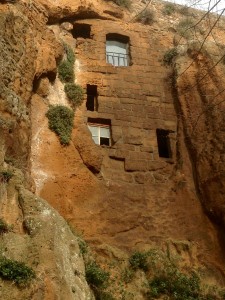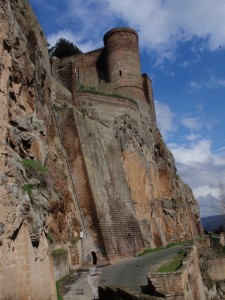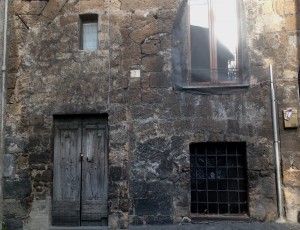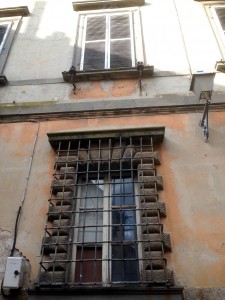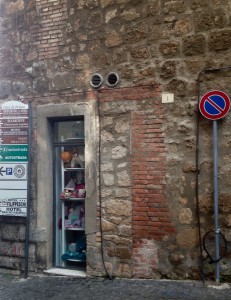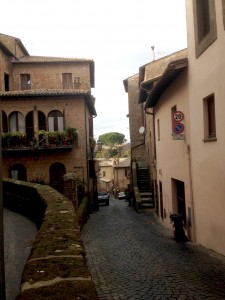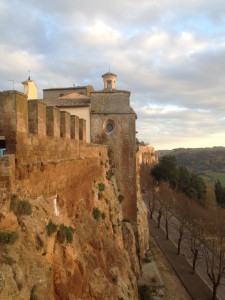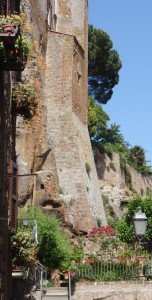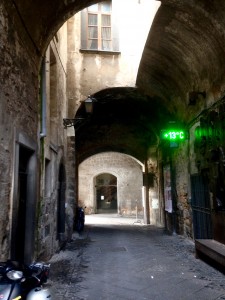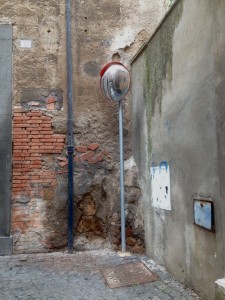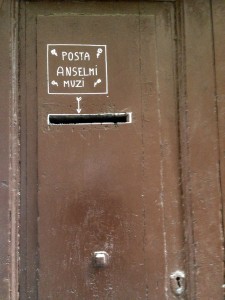Every day as I cross Piazza Sant’Andrea I am blessed to observe a flock of small children, beautifully dressed, and so cute it causes me to wonder if they’ve been coached. I always slow my steps to take in the marvel of them. We’re not related, I have no responsibility for their well-being, but they have my admiration. I’m beginning to take that small inflection towards this latest crop of youth rather to heart, and to treasure it. Often, time explodes and memories of the young crop I was once a part of come flooding back.
The first of those memories – when they are not of my parents – are of my aunt, Mary Schmidt, a woman so filled with love of children that even to talk to her on the phone was to receive a warm hug. Her husband, Jack, was a carpenter. He built their house in his spare time during the spring and summer of 1940 on a large lot in what was actually Santa Clara, California, but had a postal address of San Jose. Jack, a native San Josean and proud of it, liked to say that he wouldn’t have considered building there had it not been for that postal address.
Theirs was as lovely a little home as one might expect; a central dining room with an arch to a living room and foyer, a breakfast room off a generous kitchen, a small court, and a wing with two bedrooms. They never had children, so their nieces and nephews were who they tucked under the heavy quilts of Aunt Mary’s manufacture in the front bedroom. There were about a dozen of us, and the rotational overnights were frequent. Jack had made a lamp for the bedside table that was switched on and off by turning a ship’s wheel. Perfect.
Their yard was enormous, especially in the back. A small lawn sat beyond the arbor and the huge Japanese Elm, fenced with white pickets, a potting shed stood at one end. To the right of the shed, was a clothes line. Beyond the lawn, a generous vegetable garden. Along the southern perimeter of their property were fruit trees; peach, apricot, plum. When Mary was in her late forties she decided to try her hand at brick work. On her own, with perhaps a few hints from Jack but not many, she laid a labyrinth of paths, sitting areas, planting circles, and steps. We all watched it grow, visit to visit, seemingly without a plan, so when she finally decided she’d had enough the brick looked as if it had always been there, grown from an exotic seed.
The energy that Mary would have given to her own children, and that was not expended on the children of others, went into creative endeavor. She baked, canned, cooked, sewed, crocheted, knitted, gardened, painted water colors, organized outings for her church group, held family events, and taught English as a second language. She also managed household practicalities. She did all this while leaving the impression that she was a ditzy, jolly, dame who never could find a reason not to laugh. To us kids lucky to fall into her sphere, she was also a master story teller. She spun tales from whole cloth, never missing a beat between the interconnected adventures of children caught in dire circumstances. I don’t recall the specific plots, and they may not have hung together under examination, but the enthusiasm of her delivery made them captivating.
Mary was my mother’s sister – Ann and Mary, and Mary’s confirmation name was Ann. Ann seemed more serious than Mary, but Mary was more structured than Ann. That different approach to time was the only thing I ever saw fall between them that was not happy, and it was due almost entirely to the schedules and temperaments of their husbands. Jack, a union carpenter, was off work exactly at four, usually home before four-thirty, and expected dinner on the table by five. My father, Pete, was a self-employed auto mechanic who finished the repairs his two hires either didn’t or couldn’t, and was often not home until seven-thirty or later. He didn’t have a phone at the garage until I was in high school, so Ann would begin dinner more or less at six-thirty and hope for the best. So, the phrase “time’s flying” that Ann would find so annoying from Mary’s mouth, was only ever relevant to Mary. Otherwise, they were picture-perfect sisters.
When Mary became suddenly ill in the late summer of 1985, she faced it as bravely as she did anything in life. I was in New York – on a visit before I decided to move there – when I was told the news. “She’s filled with cancer” my father said during one of the few phone conversations we ever had of more substance than the weather. I cried for hours. I’m sure my mother did too, but I never saw it; that was probably why it was my father who broke the news. I flew back in time to see Mary for her final three days. As I massaged her feet, she remarked that she had never been so sick. My mother whispered an injunction to rub all the cancer out of her body through the feet. I dearly wished I could.
At her funeral, the priest extolled Mary’s commitment to life by quoting her from only ten days prior, before the symptoms had exploded. She had been organizing a trip for a woman’s group to botanical gardens in San Francisco. “Why are you going to all this trouble? Collecting money, renting a bus, reserving tickets, plans for lunch?” he asked her. “Because I think the ladies will enjoy it.” As I recall, the trip was made in her memory, and yes, they did enjoy it.
My mother helped Jack refresh the house when he returned to find it suddenly empty of Mary’s presence. She had to teach him how to balance his check book, how to pay bills. He had never done either himself. Jack lived another couple of years, and kept up a steady stream of jokes and quips when around family, but the front drapes of the house he built for his wife were never opened again. My mother tried once, and he jumped like a frightened cat. It was as if by leaving them drawn he could keep Mary’s spirit home and within easy reach.
By the way, Mary and Jack’s place recently sold, this time for over a million. I doubt that it cost Jack more than ten thousand to build, land included. The back and side yards have gone to weed. No one has time to maintain such a property anymore, they’re too busy trying to pay it off. I hope my young friends in Piazza Sant’Andrea, and as many of their generational cohort as possible, will grow up to have more balanced choices.
I also hope they all have a zia Maria. I suspect most of them do.
(I wish I could post photos, of Mary at least, but I have none with me. There will be by June.)
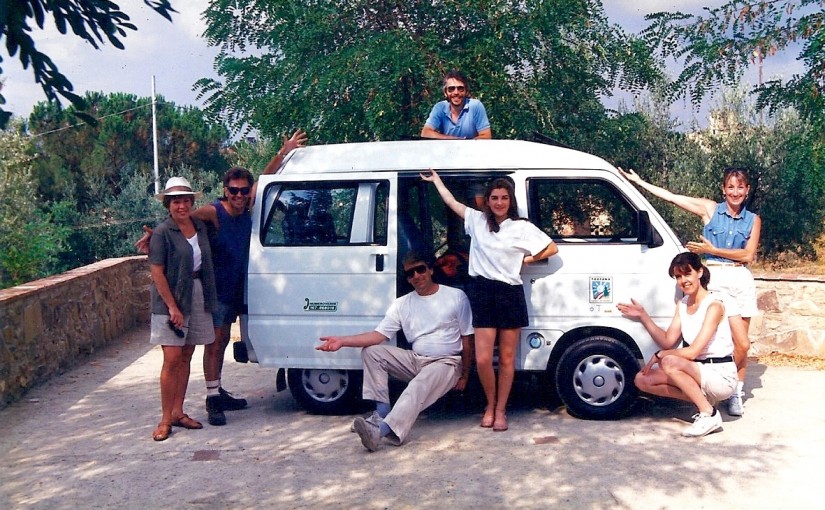
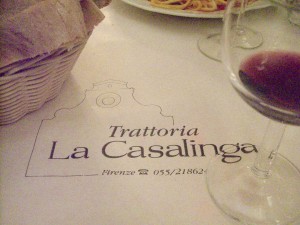
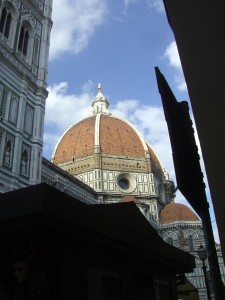
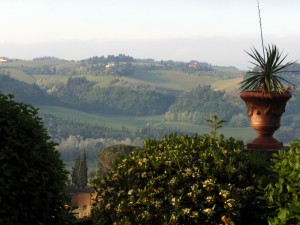
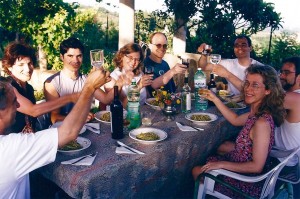
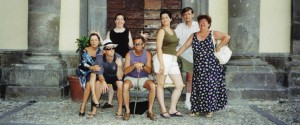
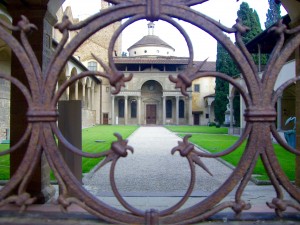
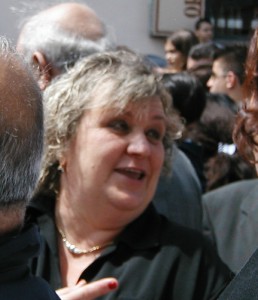
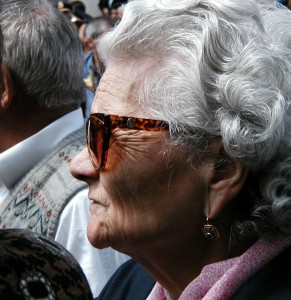
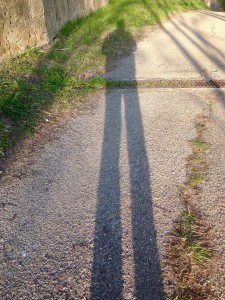
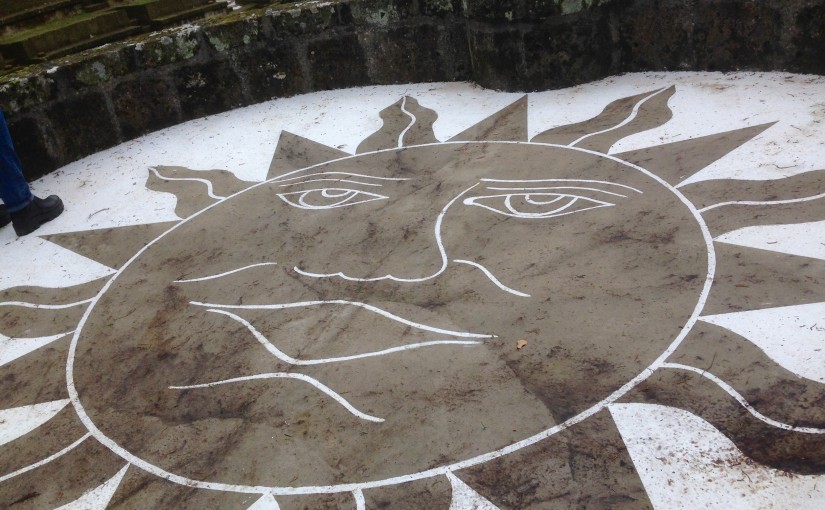
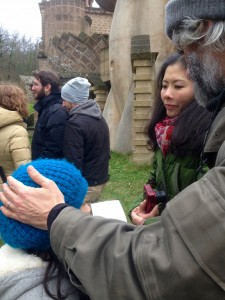
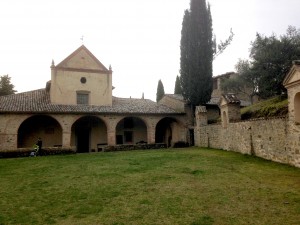
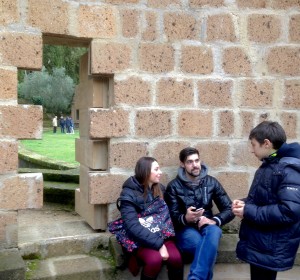
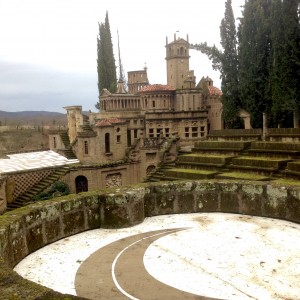
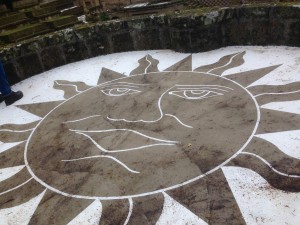
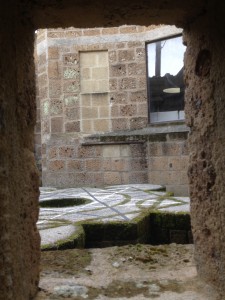
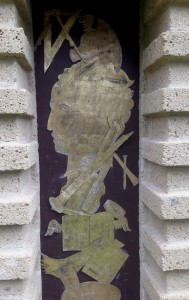
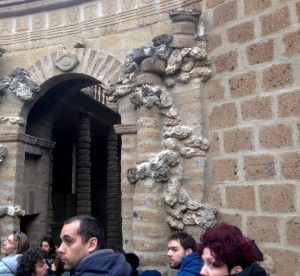
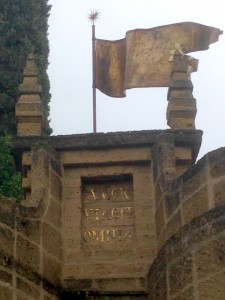
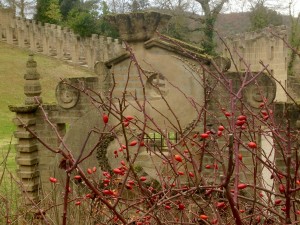
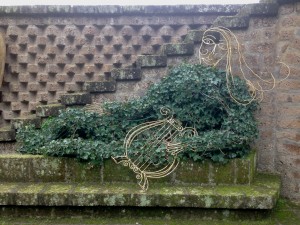
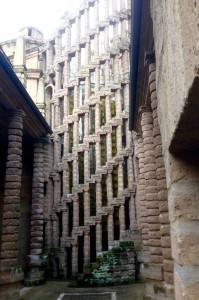
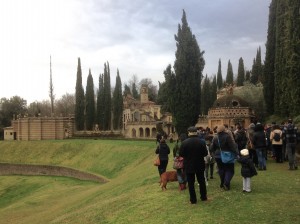
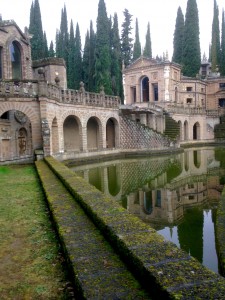
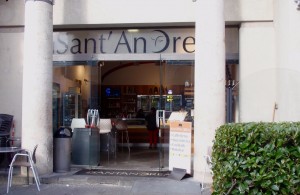
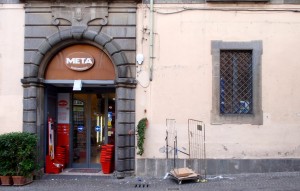
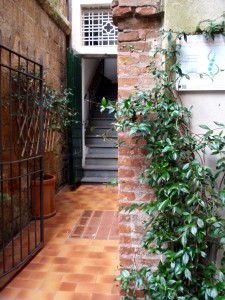
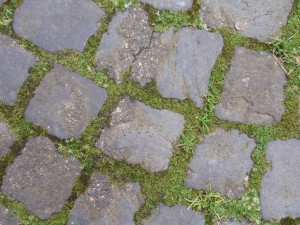
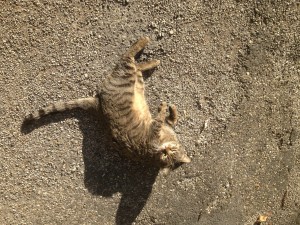
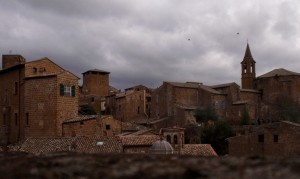
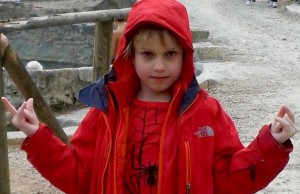
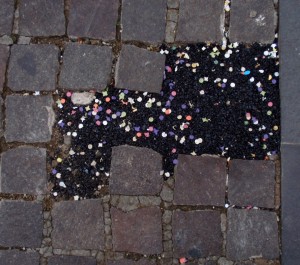
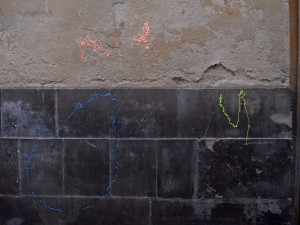
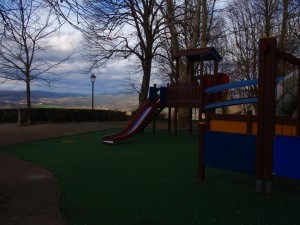
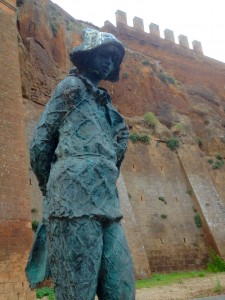
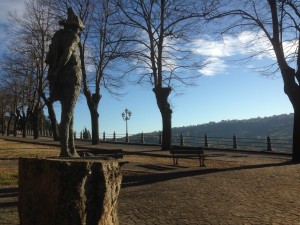
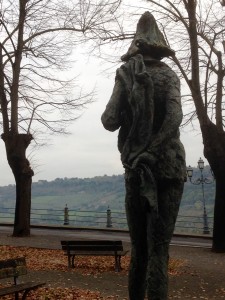
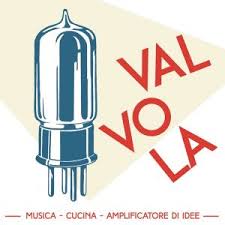 The joke that precipitated this particular blurt of writing was a simple one, which of course, makes the humiliation in missing it even worse. This guy went out with a bunch of people, people he likes very much, and their combined five little boys. They went to a new place on Piazza del Popolo, very stylish, very good, very quirky, very noisy.
The joke that precipitated this particular blurt of writing was a simple one, which of course, makes the humiliation in missing it even worse. This guy went out with a bunch of people, people he likes very much, and their combined five little boys. They went to a new place on Piazza del Popolo, very stylish, very good, very quirky, very noisy.